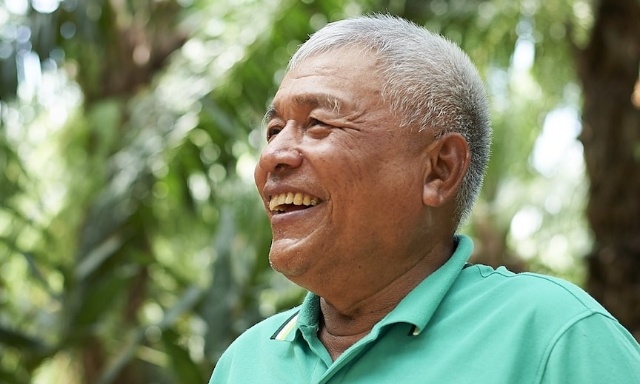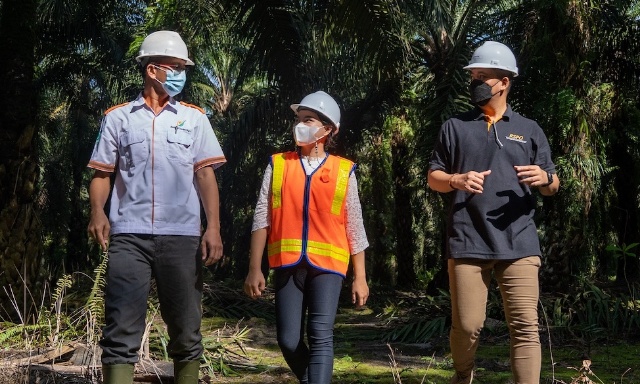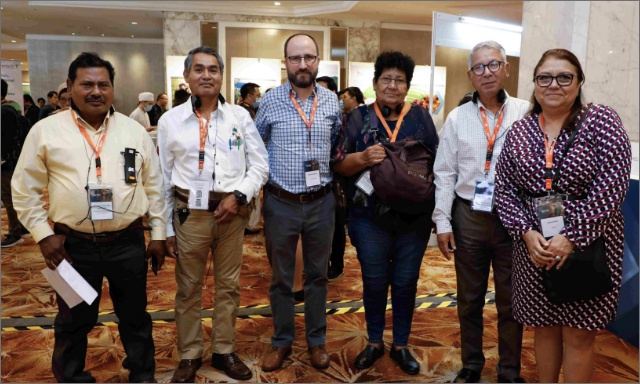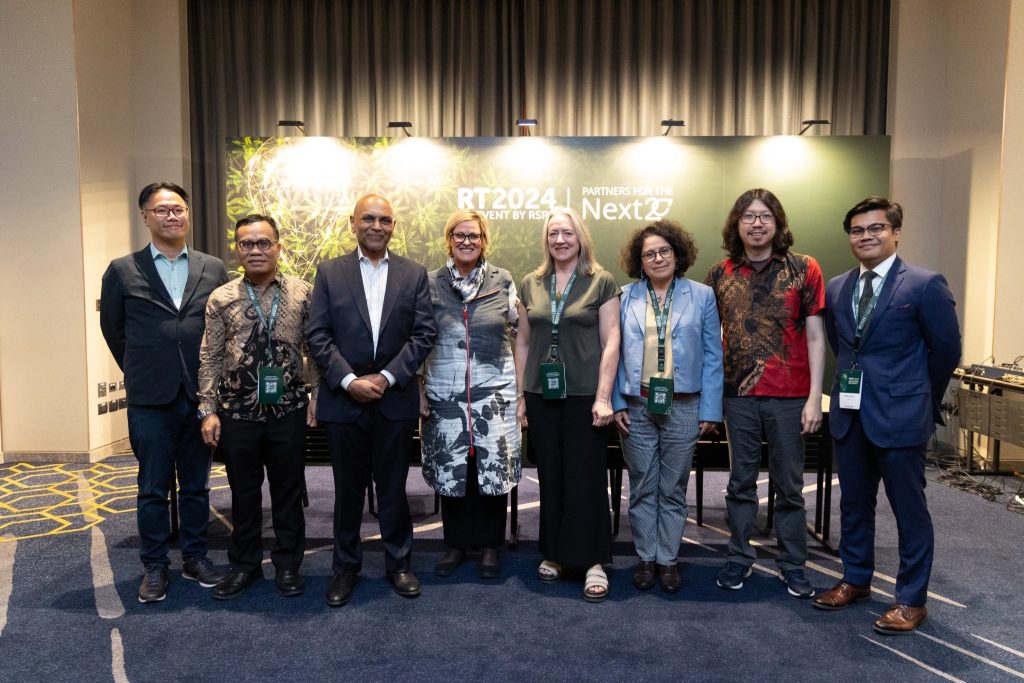
Following an extensive two-year revision period, the 2024 RSPO Principles and Criteria (P&C) was adopted by RSPO Members at the recently concluded General Assembly in Bangkok, Thailand. A key improvement of the P&C was refining the approach to deforestation and environmental sustainability – central to this revision has been enhancing the implementation of the Integrated High Conservation Value-High Carbon Stock (HCV-HCS) approach. A reformulated framework of indicators enhances implementation clarity of the protection of critical ecosystems, ensuring that land clearing is conducted responsibly.
To shed light on these significant improvements, RSPO sat down with Ruth Silva, Assurance Director of the HCV Network, who shared about the critical additions to the Standards, the key challenges of the latest revision process, and her aspirations on the positive impacts of growers in protecting HCV and HCS forests.
How has HCV Network collaborated with RSPO in the standards review over the years?
We started working in a more connected way since 2014, when the RSPO decided to become a member of the HCV Network. One of the challenges they put to the table to us was how do we ensure credible identification of the high conservation values. The RSPO was at the forefront in committing to protect HCVs.
Soon, RSPO realised that it was a bit challenging to do proper identification of these values, and without that core pillar, it was impossible to ensure their protection in the long term. So RSPO joined the HCV Network and they promoted the creation of the Assessor Licensing Scheme (ALS) that had multiple intentions. On the one hand, of course, it ensured the quality and credibility of HCV identification.
It’s a very long relationship, and a very fast evolving one because I would say that RSPO has always been a step ahead in many aspects. RSPO was also a step ahead when deciding to adopt a No Deforestation, No Exploitation and No Peat methodology as part of the update to the 2018 Principles and Criteria.
In light of the sustainability demands today, what were some of the most urgent changes needed to the 2018 Standard?
I think the discussion has been in the air, particularly since one specific regulation was published: the EUDR. We went into technicalities because the EUDR uses a definition of forest when discussing No Deforestation. This is not the same definition used in the methodology of the High Carbon Stock Approach. Nevertheless, to arrive at what is classified as natural forest, you start by mapping every single piece of forest that exists. So, I think it became clear that a more detailed gap analysis is needed to understand whether, effectively, the HCV-HCSA assessments are or are not enough to meet the expectation of protection.
Based on the Food and Agriculture Organisation’s (FAO) definition, what is really important to highlight is that the EUDR is not just about the definition of forest. The EUDR is essentially about due diligence, and the question is: Who is better prepared for due diligence? A member of RSPO, who has, over the years, been collecting and documenting all the evidence of their compliance with the principles of RSPO, which include a strong focus on achieving no deforestation, or any other operator that has never been required to do this?
RSPO Members are a step ahead of the game and the EUDR themselves – the Commission is recognising that the EUDR implementation cannot become too narrow and limiting and too prescriptive because nobody will be able to deliver anything.
The reality is catching up with legislation and this is a time where RSPO Members are going to be better prepared than many others to provide documentation and evidence, and the maps associated with their assessments to help downstream members with the due diligence exercises.
How has HCV Network worked with other stakeholders to refine the indicator sequences to make the standards more implementable?
We have included more explicitly the adaptive nature of management in the indicators, and we have also opened a space for discussion on what happens when HCVs change, which was something of a gap that created a lot of friction with growers because there was no mechanism and no explicit recognition in the Standards.
The one I consider most valuable is the focus on the grower and the focus on the indicators of what happens on the ground when the growers are required to implement the requirements.
How do you think these refinements will improve auditability among Certification Bodies?
It was a great idea to have the auditors as technical participants in some of these discussions because they can really tell us what works and what doesn’t.
The focus on the grower has been a critical addition to the Standards, not just to the indicators and criteria related to the HCV approach, the protection of HCVs, or achieving no deforestation.
This is going to make it clearer for auditors and also for growers themselves. And, of course, I think grouping together all indicators related to management and monitoring gives a better, holistic look at implementation. This is going to make it easier for the grower and, hopefully, also easier for the auditors to do the verification.
What are some of your aspirations for the Standards moving forward now that they have been adopted by the RSPO membership?
My greatest ambition is that we get to work in documenting the impact growers are achieving in protecting the HCV and HCS forests. For many years, we’ve been a bit stuck in the discussion of identification – I know it was challenging and complex, and there will always be room for improvement in identification and the assurance of identification.
But I think that we are not looking at what is being done after identification. For me, that is an aspiration for this new approved Standard, we will move the focus towards impact because that is what’s needed. That’s what markets are asking for – they want to see that these values are being protected, that these forests are kept standing, that local communities are benefiting and their rights are not being overstepped when these developments happen. The work is being done, we just need to be better at documenting it.
We also need to document the challenges. We need to learn from growers on where the challenges are to protect HCVs, and figure out how to make these processes more efficient.
Keep reading
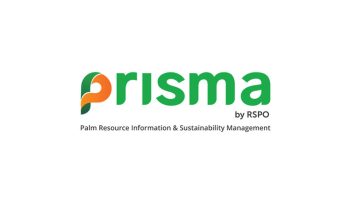
Book Your Slot for the Additional prisma Clinic Session at RT2025
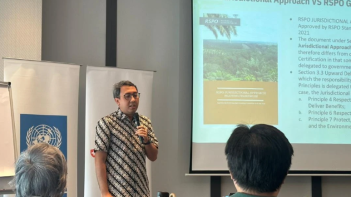
Advancing Jurisdictional Certification in Sabah: Strengthening Collaboration Between RSPO, UNDP, and Jurisdictional Approach System for Palm Oil (JASPO)
Call for Expression of Interest: Independent Investigation of a Complaint

Leading Labels: RSPO Among Top Sustainability Labels in Dutch Market
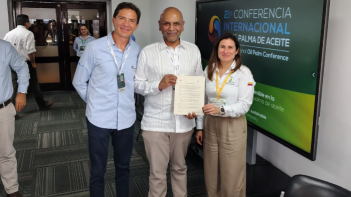
The 21st International Oil Palm Conference Successfully Took Place in Cartagena, Colombia
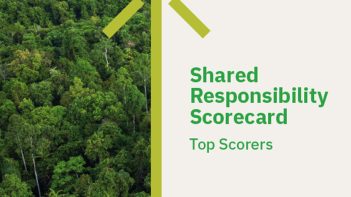
Top Performers of the 2025 Shared Responsibility Scorecard
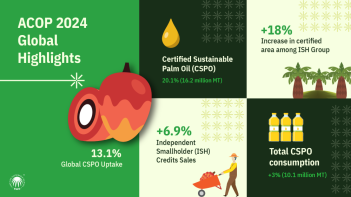
ACOP 2024: RSPO Market Trends Resilient Despite Global Challenges

RSPO: Actions for the Certification of Sustainable Palm Oil Production


